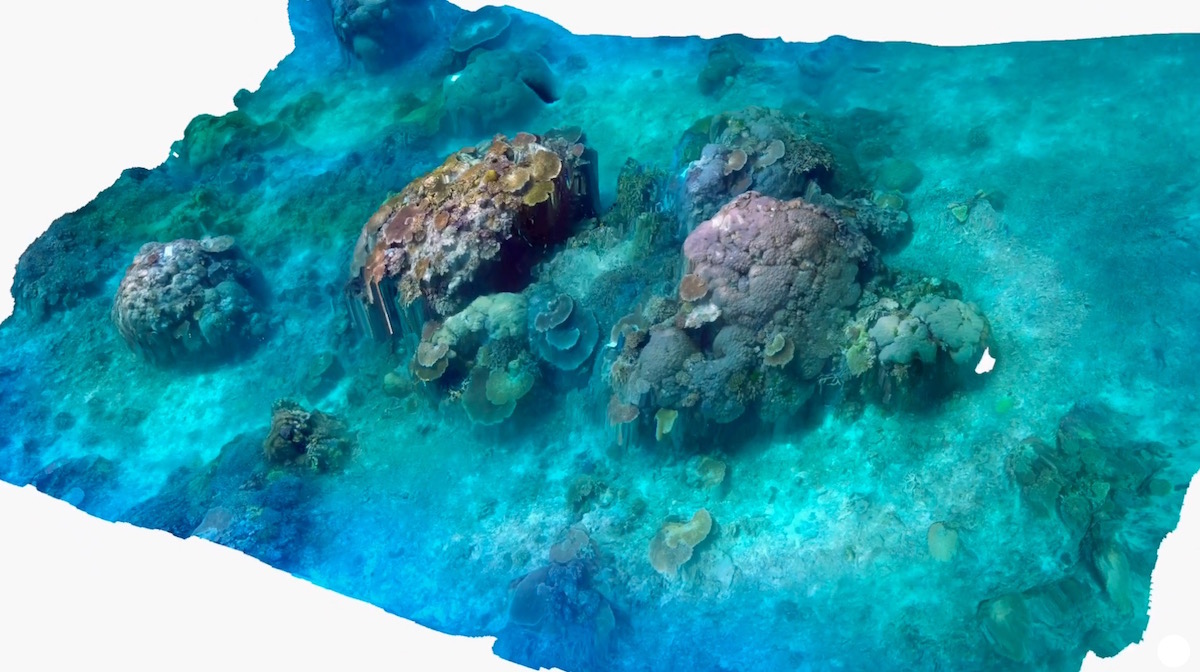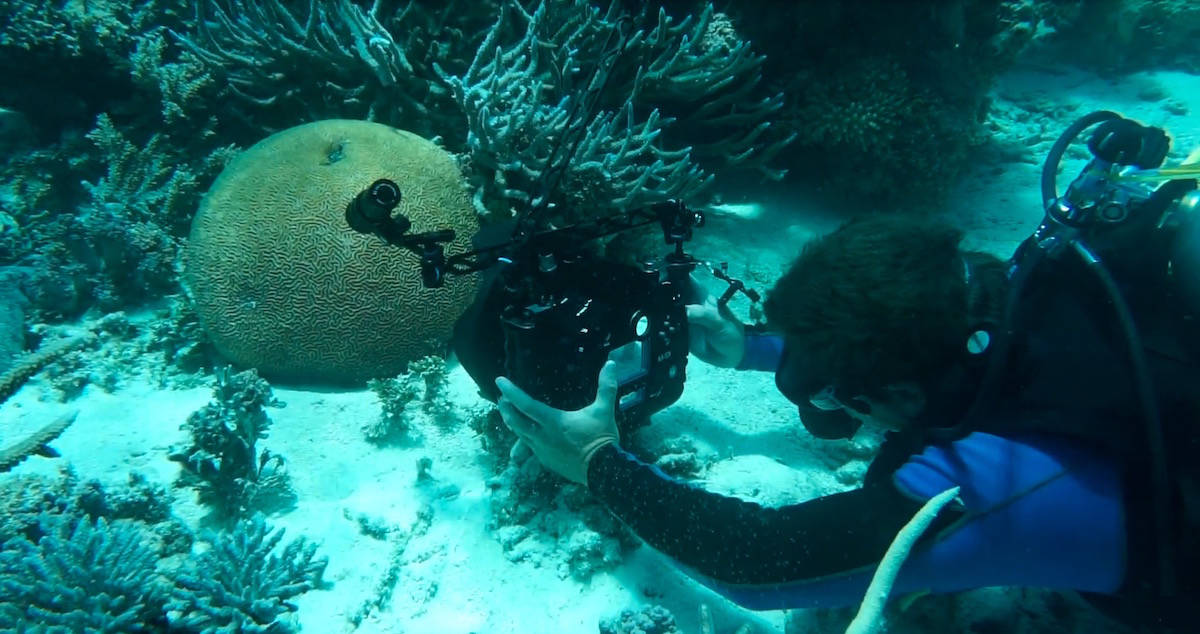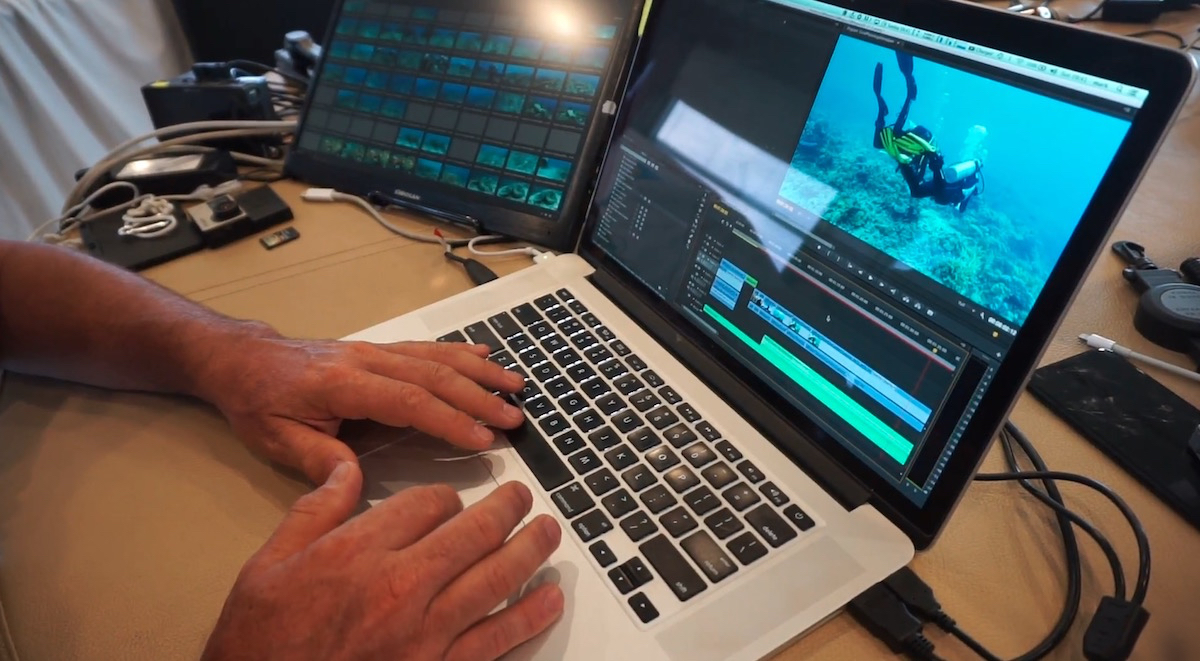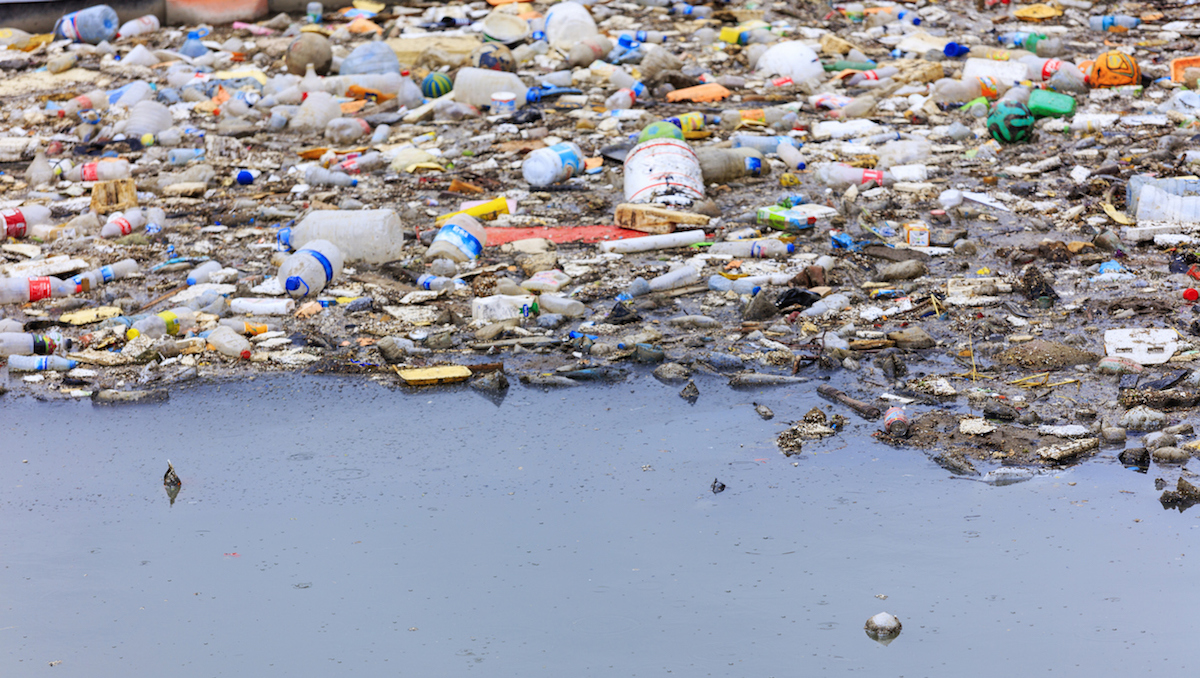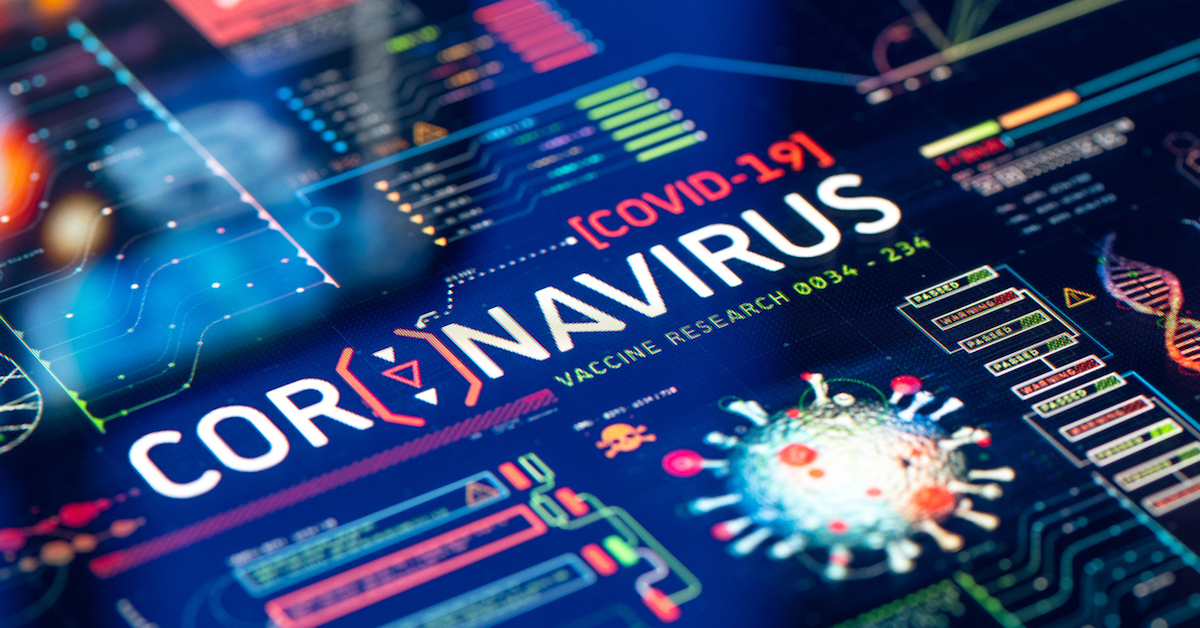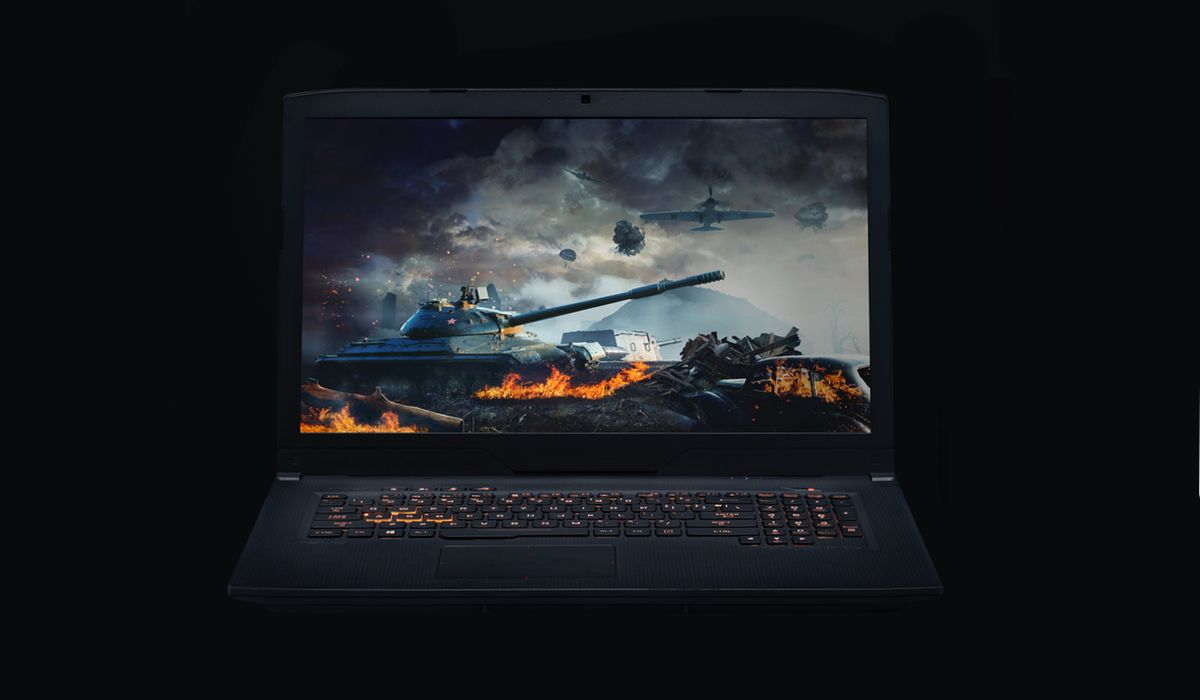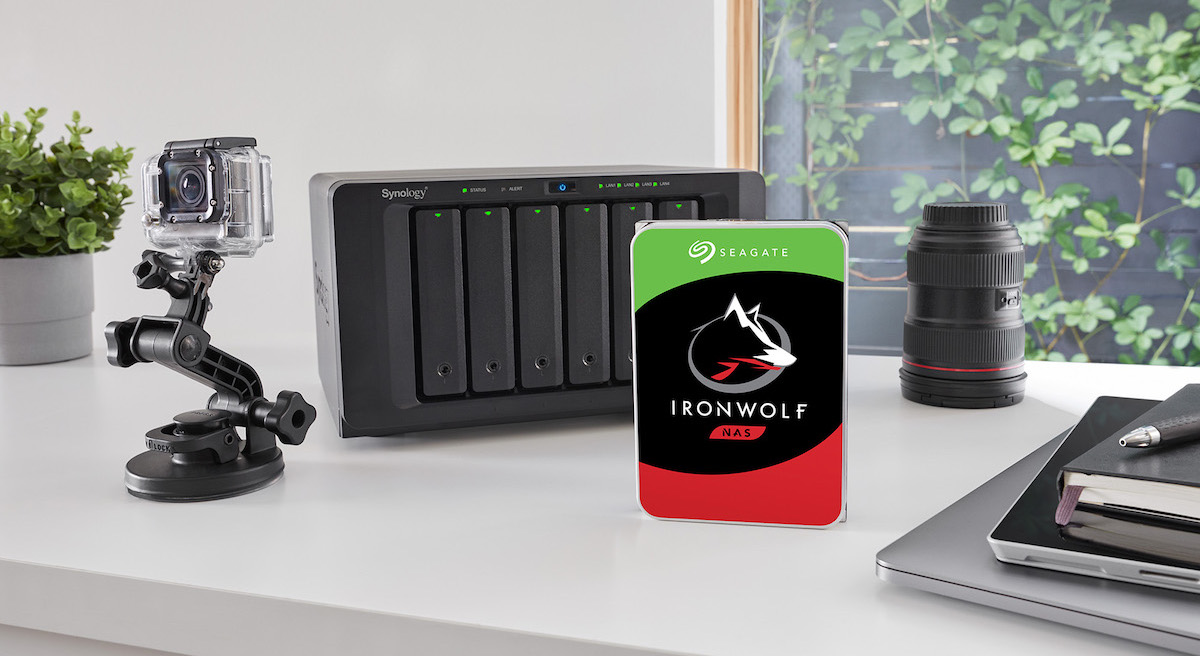Marine scientists are leveraging data to study and protect Australia’s endangered Great Barrier Reef.
Huge sections of the Great Barrier Reef were recently found to be dead — killed by overheated seawater. The damage to the Great Barrier Reef, one of the world’s largest living structures, is another indicator of the impact of global climate change.
The Great Barrier Reef Legacy is a non-profit organization that works to ensure the long-term preservation of the Great Barrier Reef. The team operates research vessels and shares its data with other marine scientists, researchers and communicators around the globe.
Watch the video, and read on below to learn more about the team’s work and the tools required to accomplish the effort.
GBR Legacy is using high-capacity IronWolf Pro NAS-optimized hard drives and a number of external drives to capture and analyze data in support of its international research expedition aimed at protecting Australia’s iconic coral reefs.
“It’s understanding how, where and why corals are surviving,” said GBR Legacy’s Dr. Dean Miller, expedition coordinator and director for science and media. “And until we answer some of those fundamental questions, we’re not going to be able to save coral reefs.”
How to capture, manage, store and analyze enormous data sets
The research team’s data management requirements are enormous. Each day, its scientists capture in excess of 20,000 high-resolution photos, HD video from underwater drones and hundreds of thousands of data points, along with 4K footage from aerial drones that are used to map the reefs, along with underwater cameras and more.
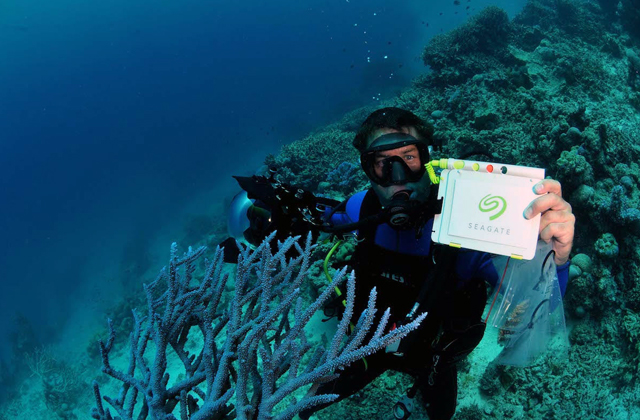 All of this data must be captured, managed and stored safely on board the team’s research vessel, allowing the scientists and researchers to view, upload, share and edit data in real time.
All of this data must be captured, managed and stored safely on board the team’s research vessel, allowing the scientists and researchers to view, upload, share and edit data in real time.
The research vessel is fitted with a 12-bay QNAP TS-1231XU-RP-4G network-attached storage (NAS) system. That system is filled with a dozen 12TB IronWolf Pro drives, for a total of 144TB of storage. This high-capacity NAS enables easy data collection, analysis, sharing and collaboration among a bigger group of people. The research team also uses a Seagate DJI Fly Drive for capturing drone footage and a LaCie Rugged RAID mobile drive for field research support.
“With so many potential users of the data spread across a range of different organizations, institutions and government agencies, the access and security of this data is absolutely paramount,” said Dr. Miller. “All of this could only be achieved with our Seagate-empowered NAS system.”
IronWolf Pro NAS-optimized drives meet the research team’s needs for fast read and write speeds, along with big capacity and high reliability.
Discovering the first new coral species in 30 years — and keeping the scientific data safe
“Our IronWolf NAS and external drives enable the research team to store and share its extensive scientific and video content with scientists and citizen-scientists around the world,” said Robert Yang, VP of Asia-Pacific sales at Seagate. “They can continue to access this data and benefit from this collaborative research effort. In addition, the data recovery plan that comes with Seagate IronWolf Pro gives the team absolute peace of mind that their data is safe.”
In a recent expedition, the team discovered the first new coral species in 30 years. This research project has redefined how research, education and advocacy can be used for global benefit—and how technology is being used to enable a new level of global collaboration.
The research team’s data will continue to be shared with coral reef scientists, conservationists and other researchers from around the world. The Seagate-based data system will house all of this crucial information, allowing ongoing access online.
“We’d like to thank Seagate for not only providing essential data storage options that made our project possible, but also for taking part in this ground-breaking expedition to save coral reefs worldwide,” said Dr. Miller. “The Great Barrier reef doesn’t just belong to Australia. It belongs to the global population, and everyone should have a stake in its future.”


